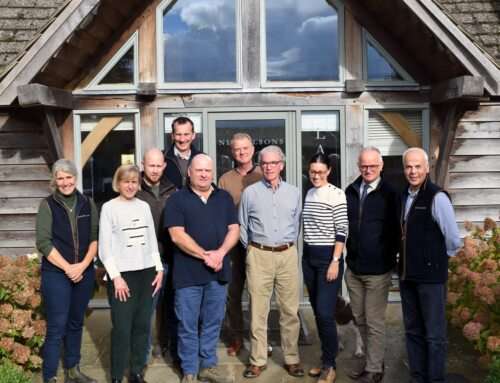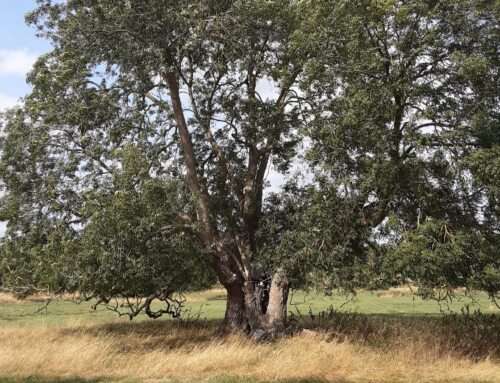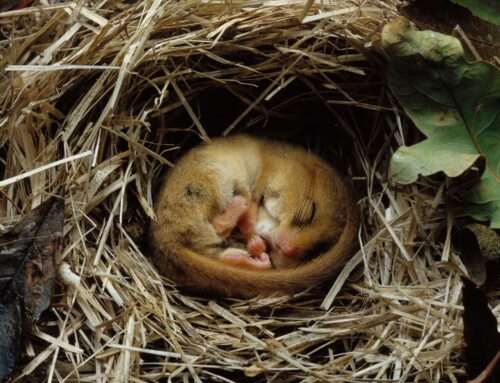Protecting Our Oak Trees: Understanding and Managing Oak Processionary Moth (OPM)
This April, we would like to raise awareness about an emerging threat to our cherished oak trees: the Oak Processionary Moth (OPM). This species of moth, characterised by its caterpillars that nest on oak trees, poses significant risks to both the health of our trees and the well-being of humans and animals.
Understanding OPM:
OPM caterpillars emerge in spring and swiftly move down oak trees, consuming leaves along their path. This defoliation weakens the trees, leaving them vulnerable and hindering their growth. While initially discovered in London in 2006, OPM has since spread to neighbouring regions such as Kent, Essex, Hertfordshire, Hampshire and Berkshire. Despite efforts to control its spread, the Woodland Trust estimates that OPM is expanding at a concerning rate of 6km per year. With the threats of climate change, this rate may accelerate further.
Health Risks:
One of the most pressing concerns regarding OPM is the health risks it poses to humans and animals. The caterpillars’ fine hairs contain irritants that can cause a rash; sore, itchy or irritated eyes and throat and even breathing difficulties.
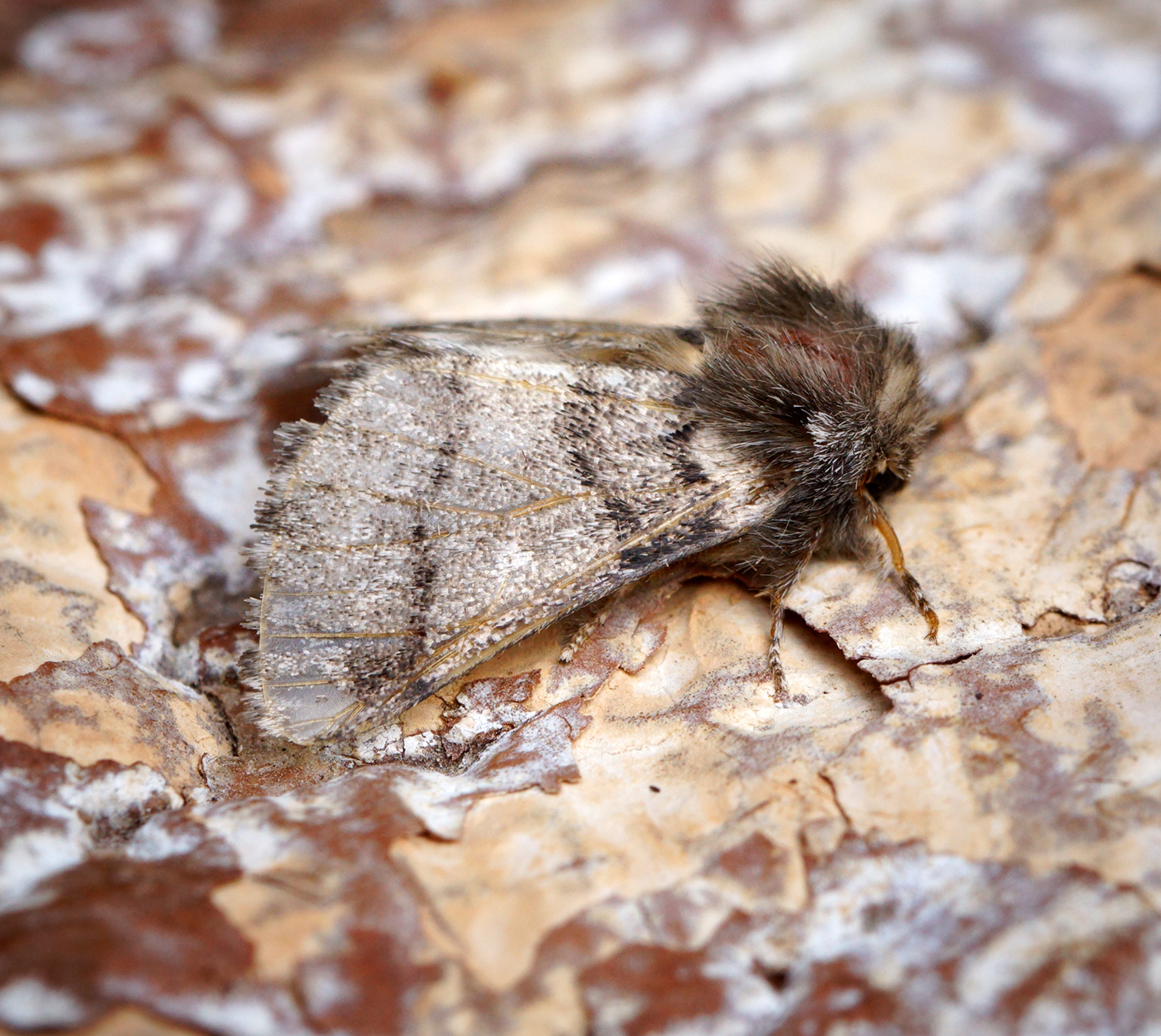
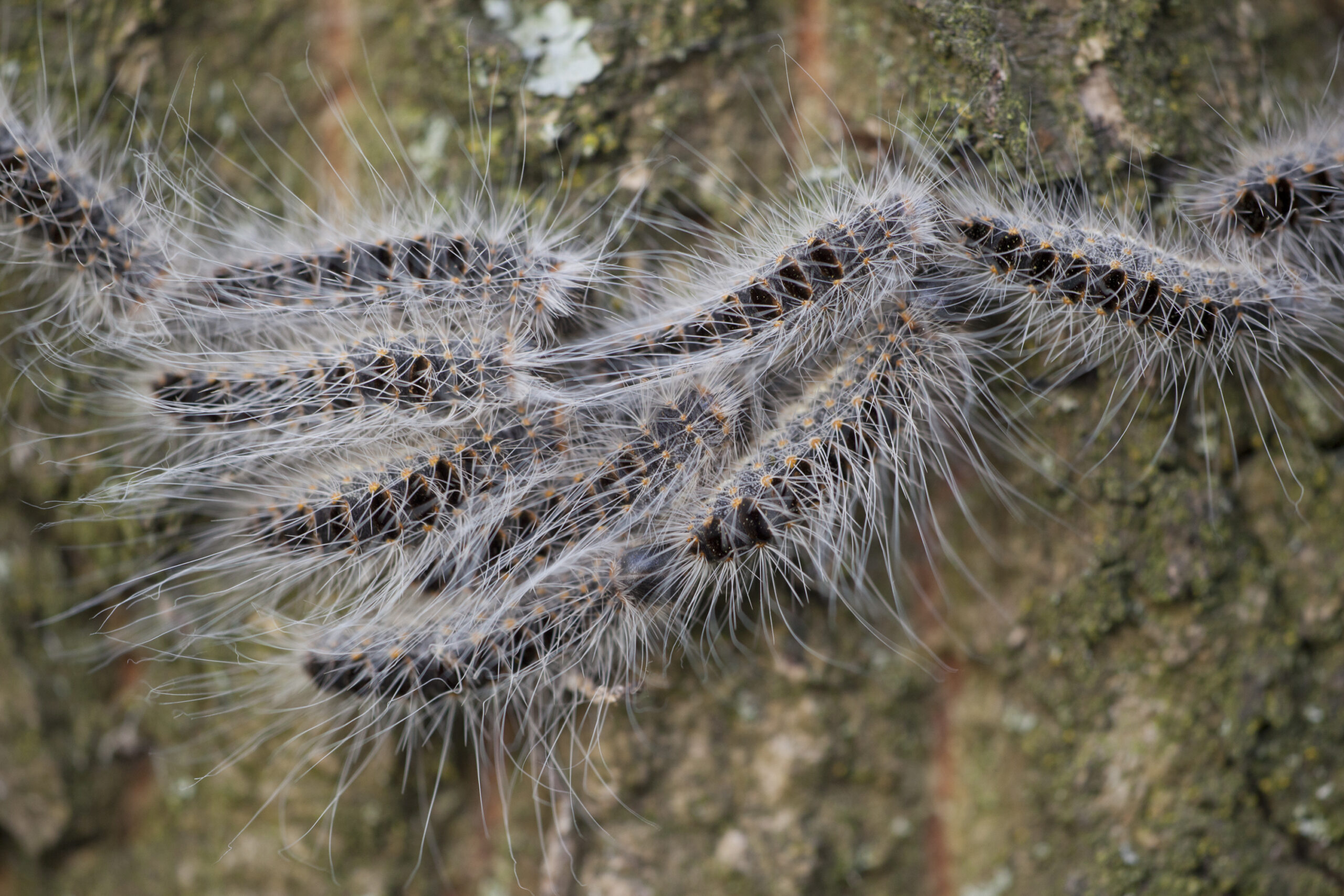
Identifying OPM:
Recognising OPM is crucial for effective management. These moths predominantly inhabit oak trees, where they move in nose-to-tail processions, often clustering together. Additionally, they are known to construct white, silk-like webbing on the trunk and branches.
What to Do if You Find OPM:
If you encounter OPM, please refrain from touching the moths, caterpillars or their nests. It is also essential to ensure that pets and children are kept away. Furthermore, promptly notify Forest Research’s ‘Tree Alert’ platform upon discovering OPM caterpillars. https://treealert.forestresearch.gov.uk/reports/oak-processionary-moth
Controlling OPM:
The most effective method for OPM control is to treat affected trees with insecticide during the spring and summer while the caterpillars are still present.
The Forestry Commission is actively monitoring the spread of OPM and recording on a map that is available on their website, which can be accessed here.
Nicholsons’ Commitment to OPM Prevention:
Here at Nicholsons, we take the threat of OPM seriously. Our practitioners have undergone specialised training to identify and control OPM effectively. They meticulously adhere to biosecurity measures on-site and within our nursery and actively monitor all trees on our clients’ sites for signs of OPM infestation.
If you have any concerns regarding pests or diseases on your site, please do not hesitate to contact us at 01869 340 342 or via email at contact@nicholsonsgb.com.
Further information and guidance on OPM can be found on the Forest Research website https://www.forestresearch.gov.uk/tools-and-resources/fthr/pest-and-disease-resources/oak-processionary-moth-thaumetopoea-processionea/
By being vigilant, we can safeguard our oak trees and mitigate the risks posed by Oak Processionary Moth.



